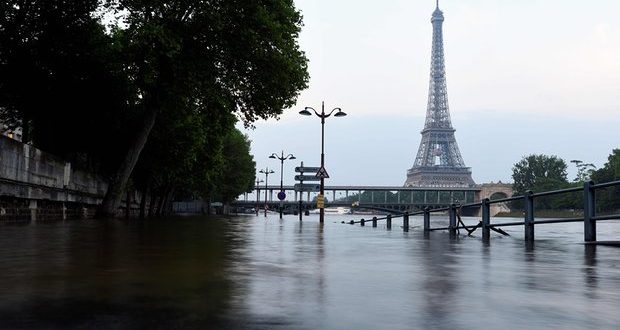Climate analysts are trying to prove that the climate change is responsible for change in weather patterns leading to flooding in Europe.
The report was published by World Weather Attribution (WWA), a group specialising in “attribution analysis”, where scientists look at specific extreme weather events to determine if they can be attributed to climate change.
Using observational data and climate models, researchers were able to analyse the probability of these types of “very heavy precipitation” events — the kind that lasts more than three days — in both France and Germany (which was also impacted by flooding). The data from France was “very consistent” with a climate change connection: The probability of this type of three-day extreme rainfall has increased by at least 40 per cent in France.
But it was not only the extreme rainfall itself that stuck out to scientists, it was also the fact that it happened in May:
The timing of this flood was quite unusual as virtually all previous floods along the Seine and Loire River basins have occurred during winter (as opposed to spring) due to buildup of excess water over several months during the winter. Only two instances in the historical record — July 1659 and June 1856 — show flooding in months other than December, January, February or March. Clearly, this event appears to be a combination of a very wet month of May in general, coupled with very high 3-day rainfall totals in particular.
“We know that global warming leads to more downpours in general,” said Robert Vautard, from France’s Laboratory for Climate and Environment Sciences. “But with this attribution analysis, we found we could tie global warming directly to the recent rainstorms in France that triggered so much flooding and destruction.”
These kinds of deluges aren’t just happening in Europe — parts of Texas have experienced two 500-year floods within the past month. Although the WWA doesn’t have the modelling capacity to look at the Texas rains, it did provide some previous data on the increase of very heavy precipitation in the US.
Agencies/Canadajournal
 Canada Journal – News of the World Articles and videos to bring you the biggest Canadian news stories from across the country every day
Canada Journal – News of the World Articles and videos to bring you the biggest Canadian news stories from across the country every day



